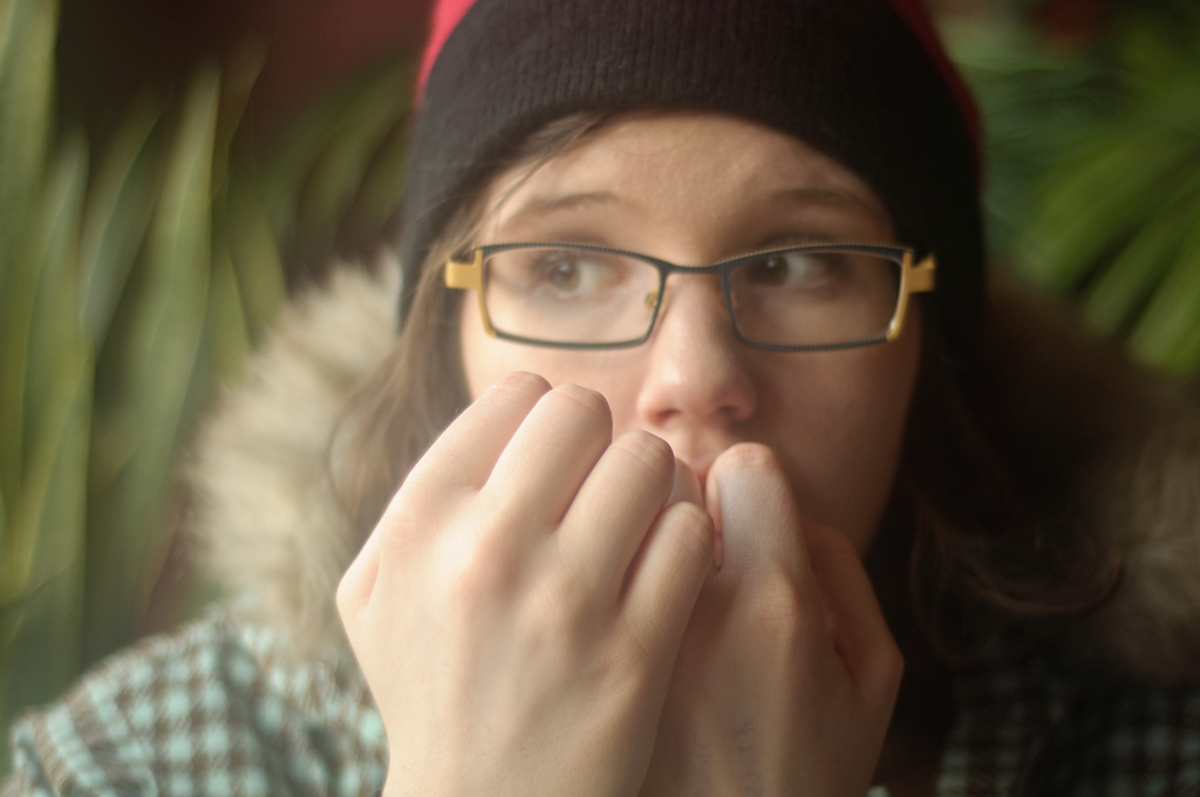Table of Contents
The truth is, exposure to the three toxic chemicals most commonly identified in nail polish is more of a problem for nail technicians than it is for nail biters. Even if you live in Europe, where nail polish doesn't contain the offending chemicals, there are numerous other health issues associated with biting nails.
- Nail polish remover is more toxic than nail polish. If you get enough nail polish remover into your system that you have a lingering sweet taste in your mouth, you need to get to an emergency room. Do not induce vomiting, which can make the problem worse. Acetone in nail polish removal pads can cause severe, but treatable neurological problems in infants and toddlers who put them in their mouths.

- Nail biting can cause inflammation of the nail matrix, leading to disfigured, "dystrophic" nails. These permanently malformed nails have bumps, depressions, and ridges. Biting can also damage the cuticle and dry out the nails so that they crack and peel.
- HPV, the same virus that causes genital warts, can easily infect the hands of nail biters. Because there are small breaks in the skin underneath the nails, the warts spread quickly from finger to finger. Warts on the hands and fingers are distressing socially and professionally, and can increase the anxiety and agitation that drives the nail biting habit. Nail biting is especially associated with HPV in women.
- Biting the nails can cause painful, pus-filled staph and strep infections. Certain kinds of anaerobic infections can cause a condition superficially similar to gangrene, which requires the doctor to remove tissue. Not just the nail but even the finger can be lost.
- Yeast infections of the nails are common both in people who bite their nails and in people who get manicures or pedicures too often. Even if the skin is not broken, chronic manipulation of the nail changes the cuticle so yeast can grow and cover the interior of the nail. The nail can turn black, gray, or brown, or a yeast crust can grow at the tip of the nail, looking a little like dried mucus that can't be washed away. Raised, yellow malformed nails on the hands or the feet can also result from yeast infections.
- Dental problems can result from biting your nails. You can chip off the edges of your front teeth, or even break a tooth. Bacteria under the nails can also cause gum infections.
- Jaw pain is not unusual in people who bite their nails all the time. Temporomandibular joint (TMJ) pain sometimes is resolved by treating nail biting.
Most children and teenagers bite their nails at least occasionally. It's a habit that usually resolved itself by the age of 18. When nail biting becomes a problem, there's no magic nail biting cure, but one reliable remedy is to have the nail salon apply acrylic nails. Acrylic is hard to bite. As you overcome the problem, you can have your nail technician gradually reduce the thickness of the acrylic as you make the transition to gel-polish or natural nails.
READ Habit disorders: How to prevent and treat nail biting
It's also possible to apply over-the-counter cuticle oil and bitter-tasting nail oils to discourage putting nails in the mouth. Use these products at night before you go to bed, first thing in the morning, and every time you wash your hands.
- Motghare V, Kumar J, Kamate S, Kushwaha S, Anand R, Gupta N, Gupta B, Singh I. Association Between Harmful Oral Habits and Sign and Symptoms of Temporomandibular Joint Disorders Among Adolescents. J Clin Diagn Res. 2015 Aug. 9(8):ZC45-8. doi: 10.7860/JCDR/2015/12133.6338. Epub 2015 Aug 1. PMID: 26436046.
- Savage T, Khan A, Loftus BG. Acetone-free nail polish remover pads: toxicity in a 9-month old. Arch Dis Child. 2007 Apr
- 92(4):371. PMID: 17376952.
- Photo courtesy of arts: www.flickr.com/photos/arts/109381804/
- Photo courtesy of maxwellgs: www.flickr.com/photos/maxwellgs/4267310664/
- Infographic by SteadyHealth.com
- Infographic by SteadyHealth.com


Your thoughts on this